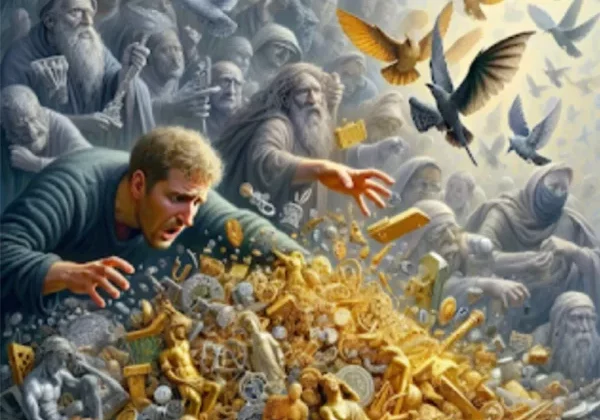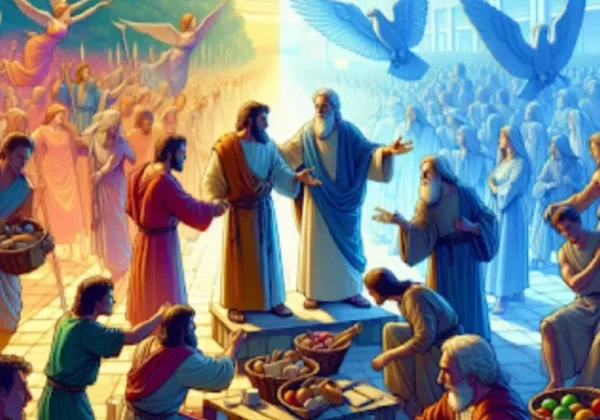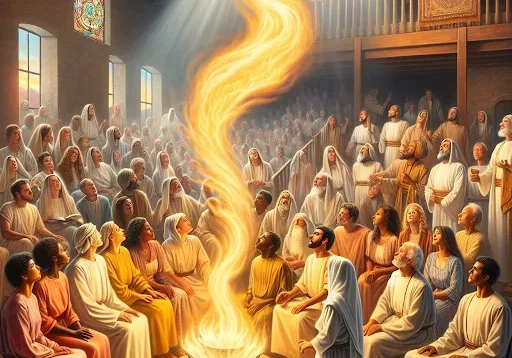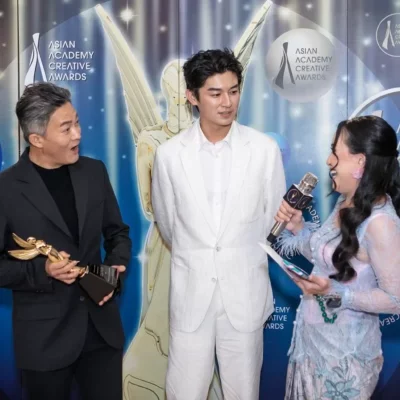Mattel Unveils Filipina Barbie Doll: A Celebration of Culture and Representation

SHARE
In a groundbreaking move that celebrates Filipino heritage and representation, Mattel has officially launched the new Filipina Barbie doll, designed by Filipino-American artist Carlyle Nuera. This addition to the iconic Barbie collection is not just another doll; it symbolizes the beauty, culture, and identity of Filipinas, making waves in the world of fashion and toy design.
Carlyle Nuera, known for his previous work on the Mutya Barbie in 2015, has poured his heart into this latest creation. He aimed to create a doll that reflects his Filipino roots while embracing modern aesthetics. The Filipina Barbie features a stunning ensemble that includes a modernized corset top adorned with dramatic terno sleeves, a malong-inspired skirt, and traditional janggay jewelry.
The doll’s crown is inspired by the Philippine sun, paying homage to national symbols that resonate deeply with Filipino culture. Additionally, her arms are marked with indigenous batok tattoos, further emphasizing the rich tapestry of Filipino artistry and heritage.
Nuera expressed his pride in being able to create something meaningful for his people: “Being Filipino is my most foundational identity. I’ve always been proud to be Filipino”. This sentiment resonates with many who see this doll as more than just a toy; it represents a cultural milestone that elevates Filipino identity on a global platform.
The launch of the Filipina Barbie comes at a time when representation in media and toys is increasingly vital. As society grapples with issues of diversity and inclusion, toys like Barbie have evolved to reflect a broader spectrum of identities.
The new doll joins an array of Barbies that celebrate various cultures and professions, from astronauts to businesswomen. However, the question remains: does this new representation truly reflect the diversity within Filipina beauty?
Critics have pointed out that while these dolls showcase traditional attire and elements of Filipino culture, they often still conform to Eurocentric beauty standards. The challenge lies in ensuring that these representations resonate authentically with Filipinas and do not perpetuate unrealistic ideals. Nevertheless, many see this launch as a step forward in celebrating the multifaceted nature of Filipino identity.
The excitement surrounding the Filipina Barbie has sparked conversations about cultural pride and visibility. Fans eagerly anticipate its release, with pre-orders already available on Mattel’s website for $100 (approximately P5,700). This price point may seem steep for a toy, but it reflects the craftsmanship and cultural significance embedded in its design.
Nuera’s previous work on Mutya Barbie significantly impacted his career trajectory, allowing him to realize the power he holds as a designer for an enduring global icon like Barbie. He hopes that this new doll will continue to inspire young girls to embrace their heritage while dreaming big. The emotional connection many feel toward this doll underscores its importance as a tool for empowerment.
As Mattel continues to expand its offerings beyond traditional representations, the Filipina Barbie serves as a bridge between generations. It invites older generations to reminisce about their cultural roots while encouraging younger ones to take pride in their identity. In an era where social media plays an influential role in shaping perceptions of beauty and success, this doll stands as a reminder of the importance of authenticity.
In conclusion, the official launch of the Filipina Barbie doll marks a significant milestone in both toy design and cultural representation. With Carlyle Nuera at the helm, this doll not only embodies fashion but also encapsulates the spirit of Filipino pride and identity. As it makes its way into homes around the world, it carries with it stories of heritage, resilience, and hope for future generations.
*Cover Photo/Thumbnail Photo from GMA News Facebook Page
RELATED ARTICLES

What Does It Mean When Water Turns Red? Let’s Find Out!

The Cost of False Worship

Inside the Jubilee Year

God, I am Overwhelmed by the Holy Spirit!








